Cancoillotte
This cheese has a vague and mysterious background. Historians argue about how long this cheese has been in existence, with some claiming to have found references to it dating back to records of the Gallo Roman conquest of what is now the Franche Comte region some 4,000 years ago. Whoa. Some pretty old cheese.
Old local legends are told like fairy tales over the table about how this cheese began. Some food historians defiantly trace Cancoillotte to a mistake made in cheese fabrication sometime in the 16th century. Whatever its story, Cancoillotte is something to try, especially if you are making a day trip from Lyon into the Haute Savoie, the Jura, or the Doubs to hike or ski.
Cancoillotte is made with buttermilk left to coagulate on its own at ambient temperature. The separated solids are removed and pressed to obtain a nasty smelling hard bunch of curds from the turned milk. They are pressed down tight and preserved in cakes called metton, and not even close to edible at this stage in the production of Cancoillotte. They are ripened even further until they are ready to use.
When it is time to mix the Cancoillotte, the curds are steadily melted with water or bouillon and butter to obtain a fondue-like homogeneous product, which is then fortified by a local white wine and any number of additions, herbs, garlic, shallots, kirsch, nuts, ham or just plain served forth, hot, warm, or cold. It maintains its homogeneous consistency when cooled, although it becomes slightly gelatinous and makes a great spread on toast. The flavors of the fermentation are more pronounced when it is eaten warm.
Cancoillotte mixing falls within the domain of the local fromager, who might have his or her own house mix, making it a specialty, so depending on where you go, the qualities and flavors of this cheese will vary.
An industrial production of this cheese was introduced in the early 20th century by using sterilization and canning methods. It was first used as soldier rations during the first world war, and you can find industrial versions of it outside the region today. Although canned production was stopped in 2002, you can find the factory versions of it in grocery stores in plastic pots alongside the cheese-like products. The real Cancoillotte remains artisanal and stays within the local region, and has nothing to do with the chemically preserved, starched thickened, homogenizing agent laden gluey product we find at the grocery store.
I can definitively say that this cheese is worth a cheese pilgrammage.
Don't be afraid by the metton cakes so full frontally mentioned above. Cancoillotte, once the preparation is complete, has a light and creamy flavor, and can seem quite mild and ethereal. The flavor is dreamy and creamy and it seems like it must be very fattening. But because of its buttermilk origins, this cheese is lower in fat than many other cheeses. It is great eaten plain tartined on bread, and some cooks use it in preparations like stuffings or as the base of a sauce over meats, with regional sausage, or eat it with potatoes.
When taking a day trip from Lyon into the Alps or Jura mountain ranges, keep you eye out for Cancoillotte, also known as : cancoillote, canquoillote, canquoillotte, or camoillotte.
Labels: Day Trips, French Cheeses, Summer 07










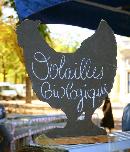
















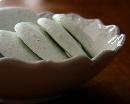








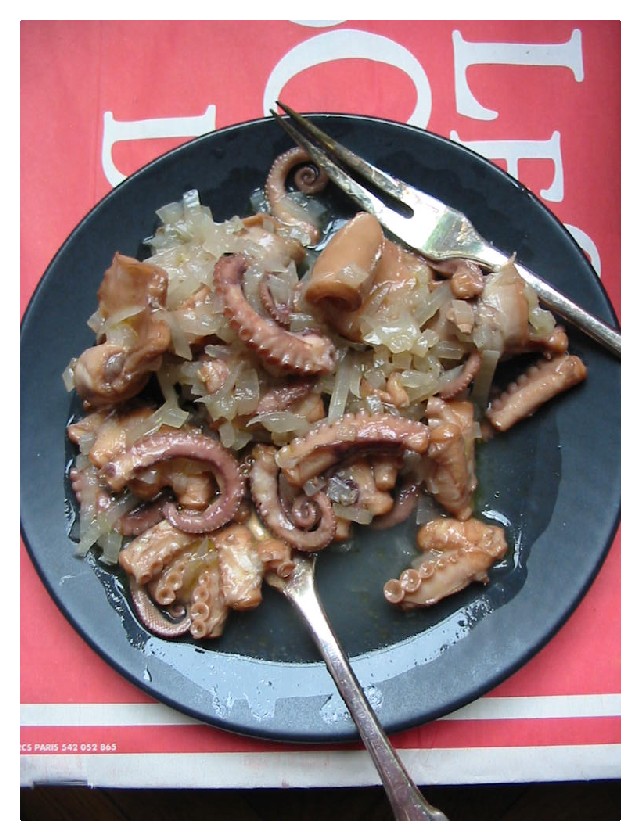


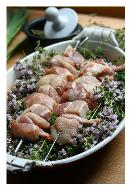












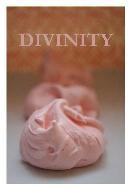
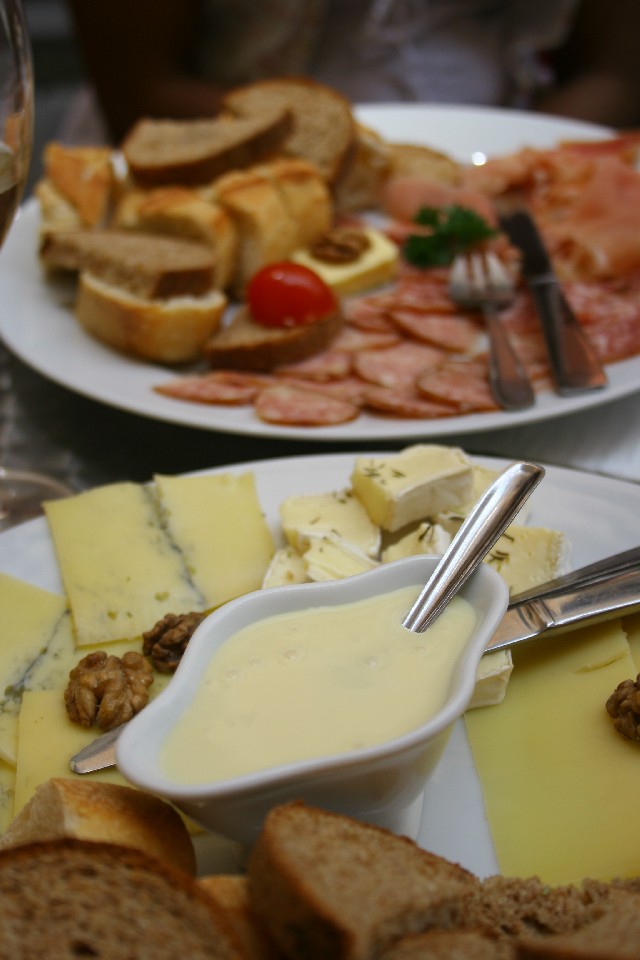
2 Comments:
Absolutely adore cheese and started to drool reading this. A cheese pilgramage is sounding good right now.
Any good cheese is worthy of a special trip - I've made a note of this one for the next time we are in the 'east'.
Post a Comment
<< Home